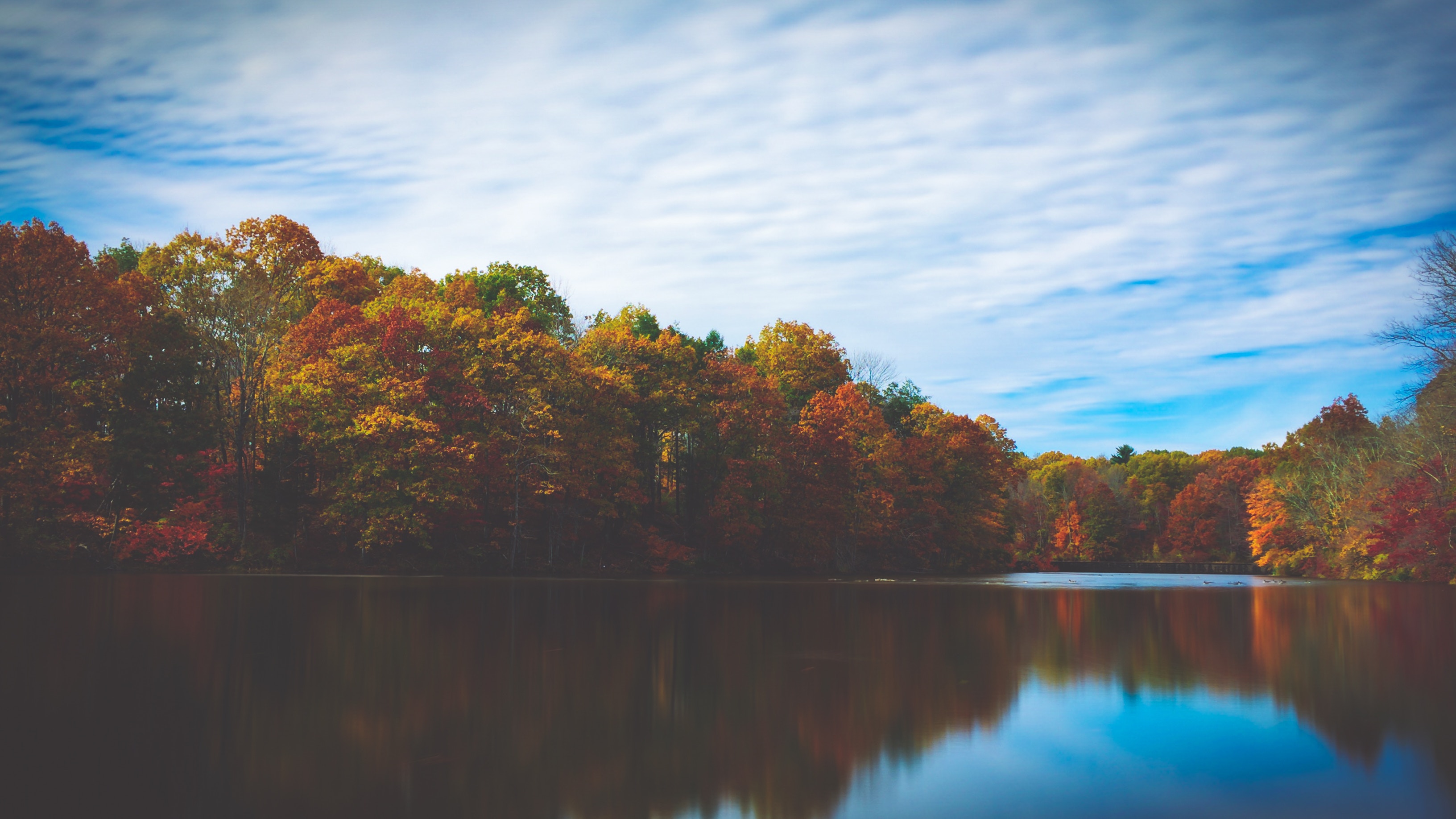
Let’s be honest–Florida has just about two seasons: sweltering summer and blink-and-you’ll-miss-it winter. Even well into October, it’s not out of the question to have days reach the upper 80s (and even beyond), meaning Halloween is often more sweaty than scary. However, that also means beach, pool and, most importantly of all, boating weather is with us nearly all year long.
However, if you will be boating outside of the Sunshine State or if this season surprises us with some unseasonably cool weather (or even if not), you should take the change of seasons to prep for cooler temps and complete general maintenance after a busy summer.
Fall Boating Safety Tips
- Life Jackets are Mandatory: Yes, we all understand that life jackets can save lives, yet so many of us don’t bother wearing them when we hit the water. Whether it’s apathy, ignorance or a desire to look cool, there is no excuse for not having enough life jackets for every passenger and asking that everyone wear said life jackets. Though less a concern most of the year for Floridians, other places can see waters dip into dangerously low temperatures. A life jacket could easily keep someone above water in cold temperatures, saving his or her life.
- Check Your Lights: Even if you plan on getting back in before sunset, make sure all of your boat’s lights are working properly. It’s very easy to forget how quickly the sun begins to set in the fall months, and many get caught off guard. The last thing you want is to be forced to navigate in dark waters without fully operational lights.
- Complete Your Maintenance Checklist: With every season change, it’s a great opportunity to go through your maintenance checklist, checking for damage, doing a deep clean on your vessel and ensuring all safety equipment is tip-top. You do not want to have an emergency and realize your potentially life-saving equipment is out of date or too damaged to use.
- Watch the Weather: Fall weather can be unpredictable. Make sure you check a forecast and continue to keep tabs on the meteorological outlook throughout the day to ensure you’re dressed for the right temperatures and can clear the way for any quickly forming storms.
No matter where you’re hitting the water, make sure your vessel is safe to operate, you and all passengers are wearing life jackets, you keep an eye on the weather and ensure your lights are functional before getting into some quality fall boating. Boat safely and we’ll see you on the water!
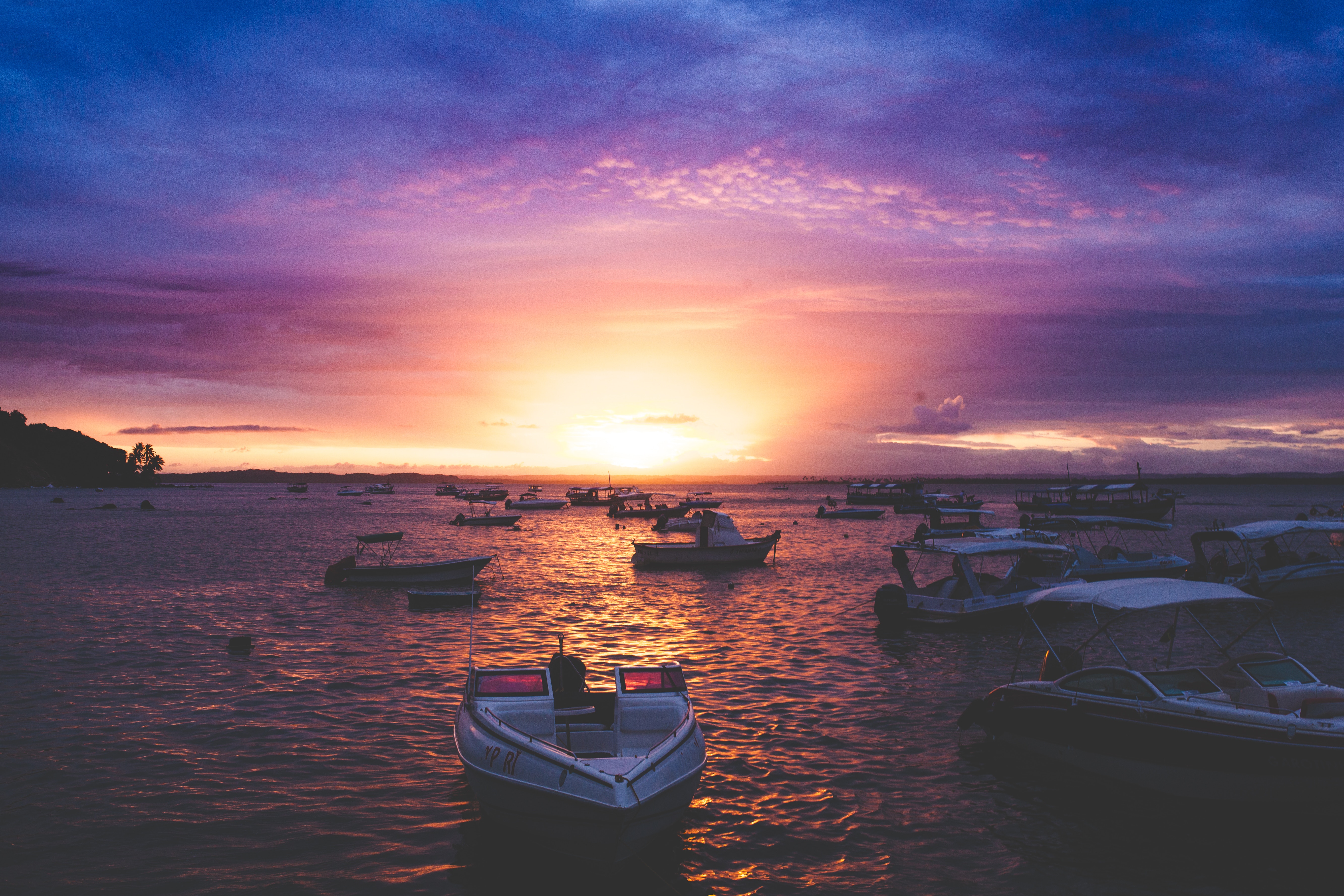
Here’s a hard fact for our community to swallow: according to last year’s US Coast Guard’s annual report, Florida leads the country in boating accidents at a whopping 681 in 2016. Worse yet, many of these accidents are avoidable. Again, according to this report, 15% of all boating deaths were directly associated with alcohol and 83% of drowning victims were not wearing PFDs.
The question is no longer if boating accidents are a problem but instead, what can be done to stop the recklessness and slow the rate of injuries and death?
How You Can Prevent a Boating Accident
- Boating and Booze Do Not Mix: We’ve said it multiple times before, but it bears repeating. Do not drink and operate your vessel. Do you take drinking and driving seriously? Yes? Then the same caution should be heeded on the water. Operating a vessel while over the limit (.08 or higher if 21+) is illegal and puts everyone on the water with you at risk due to your slowed reaction times and lowered inhibitions and judgement.
- Make PFDs a Promise: So often, an otherwise minimal accident can turn tragic if an operator or passenger falls into the water without a PFD. Though you may consider yourself a competent swimmer, there are almost unlimited ways that you could end up incapacitated or panicked. That’s not to mention the possibility of fast currents, rough waves or bad weather, which could all make swimming back to the safety of your vessel next to impossible. Make sure you and all passengers are always wearing US-Coast-Guard-approved PFDs.
- Speed Kills: Again, just like speeding on the highway, exceeding speed limits on the water can be dangerous and hazardous to wildlife and other boaters. High speeds can cause disruptive wakes that can destroy oyster beds and disturb fellow boaters, as well as make it more difficult to maneuver around sea grasses, coral reefs, sand banks and wildlife. Worse yet, especially in low light or fog, you may be unable to see other vessels anchored or traveling on the same waters, which could lead to a catastrophic accident. Always follow posted speed and wake limits and stay vigilant for risks.
- Safety First: Before you even consider taking that new boat out on her maiden voyage, we highly recommend taking an accredited safety course. Even if you’re an experienced boater, sometimes we can adopt bad, unsafe habits over time that are hard to shake. Take a safety course, brush up on or learn the basics for the first time and you can ensure you’re as safe as possible when you hit the water.
Boat accidents are impossible to totally stop. Just like car accidents, some things are simply out of your control. However, boating accidents can be significantly reduced if boaters simply stay sober behind the wheel, always wear PFDs, follow speed and wake limits, and brush up on some key safety standards of operation. Stay safe, have fun and we’ll see you on the water!
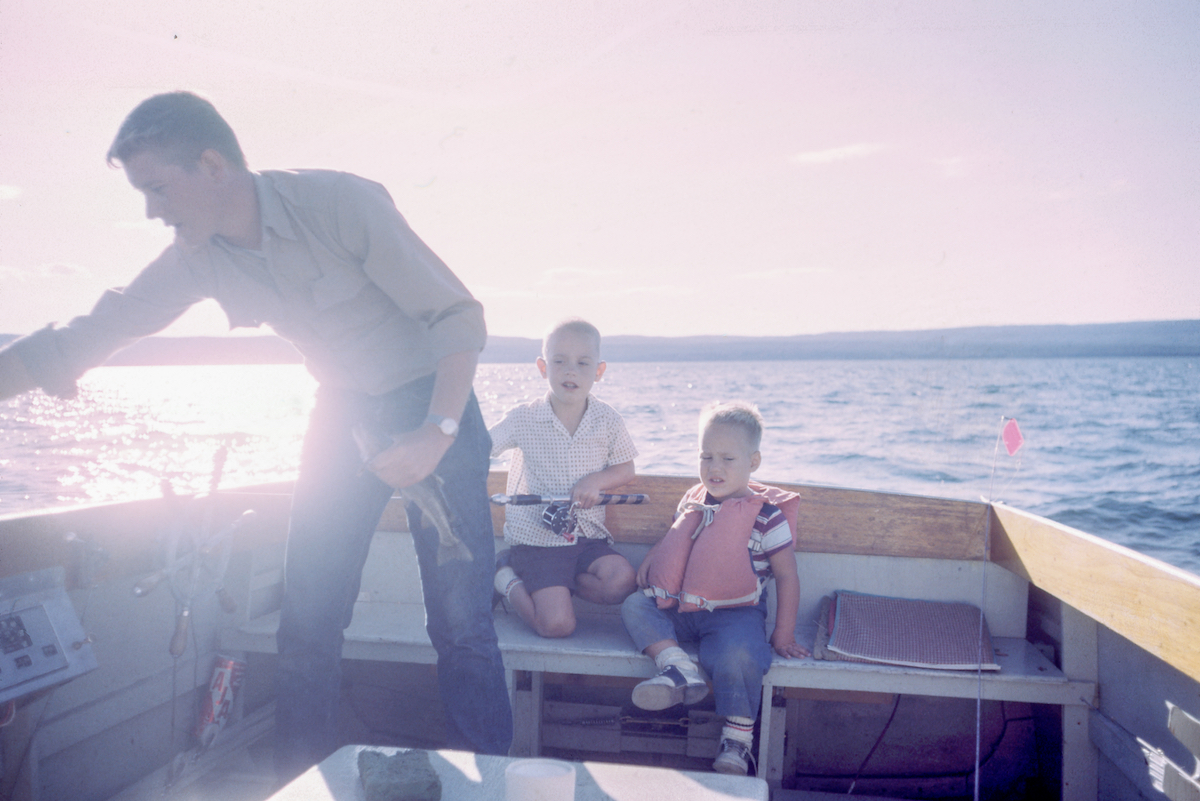
There is no question when it comes to boating safety: you either make it a priority or you put yourself and everyone else on the water at risk of injury, boat damage or worse. Though simple tips like keeping fire extinguishers onboard, wearing personal floatation devices and utilizing emergency locator beacons can be literal life savers, should you consider taking boating safety courses?
The Benefits of Taking a Boating Safety Course
We know, we know. You’re probably an experienced boater who feels pretty confident that they know their way around their boat and favorite waterway. You very well may, but there are always blind spots or bad habits that you may not even recognize you’re doing every time you hit the water.
Some of the learning opportunities include:
- Environmental Protection: Staying on the right side of environmental protection of your favorite lake, stream, river or shoreline isn’t just the right thing to do, it’s also very often the law. From pollution prevention to low-wake zone awareness, there are small steps you need to know before making a big, negative impact on the environment.
- Boat Operation: Though you may feel like you have the hang of operating your vessel, there are some easily overlooked best practices that can help you avoid collisions, run aground or otherwise damage your boat.
- Emergency Procedures: From fires to dangerous weather, when you’re facing an emergency on the water, every second counts. A boating safety class can teach you the right procedures in a number of critical situations possible while boating.
- Navigation: Even if you know your favorite boating spot like the back of your hand, there are too many variables to go without trip planning and preparation. These classes can teach you the safest ways to plan your next boating trip.
- Equipment: Even the safest boaters should know what equipment could save their lives in emergency situations. Ensure that all of your safety equipment is up to the task of keeping you and yours out of danger.
If you’re a new boater, boating safety courses are a no-brainer. Why not start this exciting hobby from a foundation of knowledge and safe practices? For you more grizzled, practiced boaters who haven’t taken a boating safety course, why wouldn’t you want to brush up on your skills? It’s worth it to know that you’re boating as safely as possible, especially if you boat with friends and loved ones. Safety first–fun, a very close second.
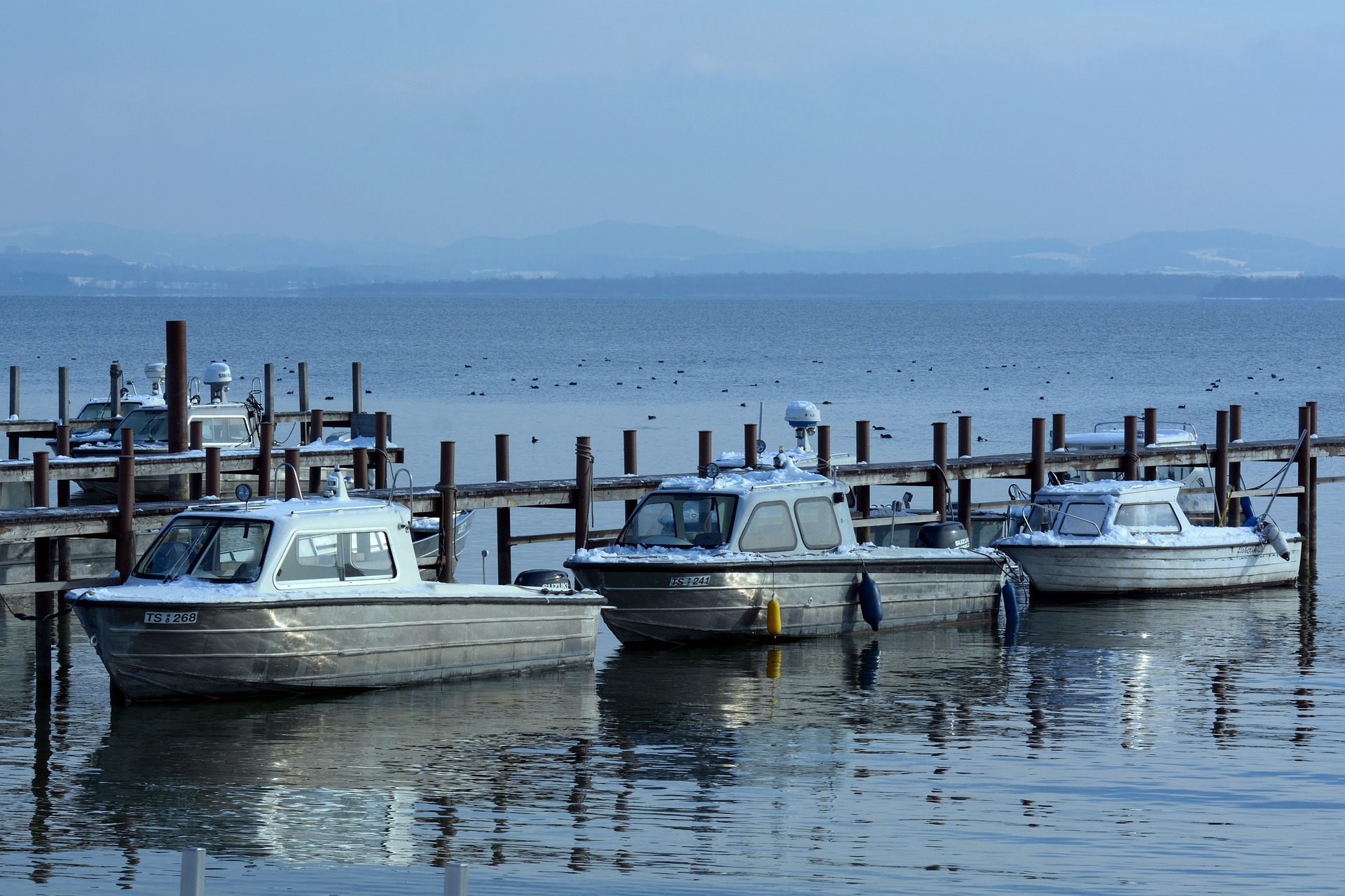
Though many keep their boats docked in the fall and winter months to await warmer weather, many others don’t let some brisk temperatures keep them from hitting the water. Though we recently touched on a few fall boating tips, there is one danger worth revisiting when the temperatures begin to drop: cold water immersion.
Falling overboard is always a danger, but doing so in the frigid waters of fall and winter can be absolutely deadly if you are not prepared. Remember, if the combined air and water temperatures add up to less than 100º Fahrenheit, you need to take precautions to keep you and yours safe until the warm waters of summer return.
How to Prepare for Cold Water Immersion and Boating
- Emergency Cut-Off Switch: If you go overboard, the last thing you want to see is your boat speeding away from you. Use a kill switch/emergency cut-off switch fastened to your clothing to ensure that your engine will shut off if you are thrown into the cold waters.
- Extra Essentials: An extra set of clothing secured in a waterproof plastic bag is always recommended to keep onboard. Even if you are not fully submerged, an extra set of dry clothes can save your boating trip if you are splashed by the frigid waters. A thermos of hot soup or coffee is also great to keep on hand, as well as energy bars for a much-needed boost after falling overboard.
- Layer: A big misconception is that dressing for the air temperature is enough. Always dress for the water temperature, which is oftentimes much cooler than the air. Avoid wearing cotton. Instead, layer synthetics (nylon, polyester, etc.) as your base, a layer of neoprene or other wetsuit-style materials, and finally, add outer layers of insulating, water-proof/water-repellent jackets, pants or full-coverage drysuits. Gloves, specialty footwear and headwear are also widely used to protect against cold water immersion.
- Life Jackets: A safety tip for all seasons, life jackets are vital if you fall overboard. Ensure that your life jackets are still in good shape and fit comfortably over your layered clothing.
- Keep Contact: Let others know about your boating plans and where you will be traveling, especially if boating alone. Always keep a VHF radio on you, as well as your cell phone, safely stored in a waterproof container. These lifesavers are useless if you leave them onboard, so keep them on your person at all times.
- Keep Your Heat: If the worst happens and you do fall into the frigid water and are unable to get back onboard, there are still actions you can take to save your life. Use your waterproof VHF radio or cell phone (if secured in a waterproof bag) to report your emergency. When waiting for rescue to arrive, ensure your life jacket is tightened, button up your clothing, remove heavy footwear and keep your head out of the water as much as possible. If alone in the water, experts recommend curling into a fetal position in order to retain heat for as long as possible. If you are in a group, however, it is better to huddle together and link arms over each others’ shoulders and underarms to share as much body heat as possible.
Boating in colder months can be a lot of fun if done safely. Never underestimate just how dangerous cold water immersion can be and, as always, prepare for the worst so you can spend the rest of your time enjoying the fun of boating instead of worrying about safety.
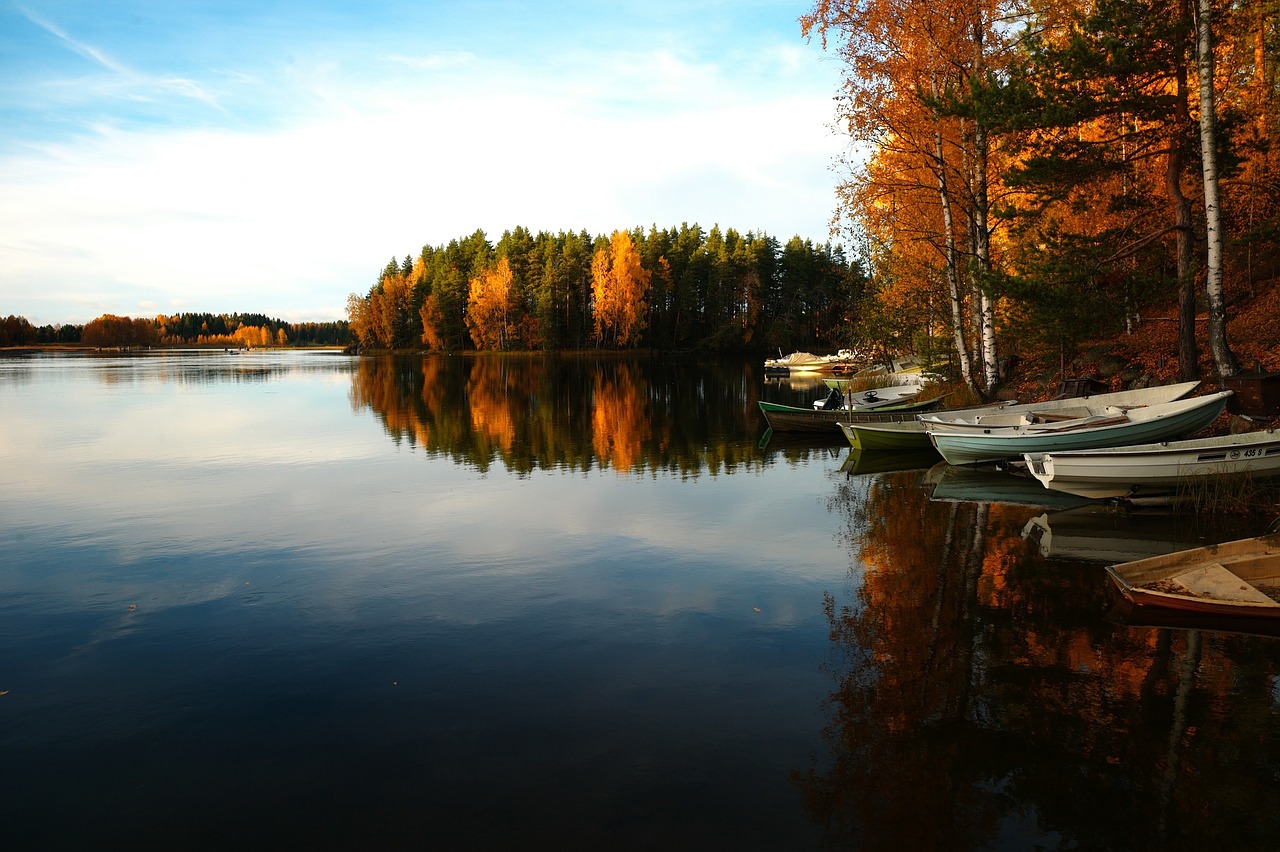
The fall is a time of changing leaves, cooler temperatures and the inevitable week or so of sugar-fuelled delirium that most parents have come to anticipate after an evening of trick-or-treating. Though some would not consider boating with this season of change, for many, boating season doesn’t end just because summer has come and gone. For those of your curious about boating this fall, as well as those of you who continue enjoying fall boating, we’ve compiled a quick list of tips to make sure your boat stays shipshape.
How to Prep for Fall Boating
- Temp and Time: Two things to immediately consider before getting in some fall boating is the temperature change and the waning amount of sunlit hours we can enjoy. As Boating.com suggests, always dress for the water temperature, not the air temperature. Even in waters up to 60ºF can pose risks if you are left stranded for a prolonged period. Wear a waterproof outer layer with multiple water-resistant layers beneath it for best results.
With fewer hours of sunlight, also be sure to check all lights on your vessel and bring a waterproof flashlight with you, even if you don’t anticipate being caught after sundown. Dusk has a tendency of sneaking up on you when boating in the fall.
- Life Jackets Save Lives: Though a safety tip for all seasons, considering the above-mentioned risks of cooler waters make life jackets all the more vital if you fall overboard. Ensure that your life jackets are still in good shape and fit comfortably over your bulkier fall clothing.
Also consider utilizing the likes of personal life beacons (PLB) and emergency position indicating radio beacon (EPIRB), as cell phones can easily become wet and unusable in emergency situations.
- Check, Please: If you had a relatively quiet summer and didn’t take to the water very often, it may be time to run through your commissioning checklist. Though traditionally conducted in the spring, you can easily create an amended version for your fall boating needs, including such essentials as hull assessments, corrosion checks and paperwork reviews.
Though our HQ in the Sunshine State often doesn’t have to worry about cooler weather until we are well into winter, our friends in Virginia and throughout the North can surely use these tips when preparing for some fall boating fun. Always remember, check your vessel before hitting the water, utilize important safety equipment and be prepared for cooler temperatures and shorter days. Stay safe and enjoy the cooler weather while on the water.






